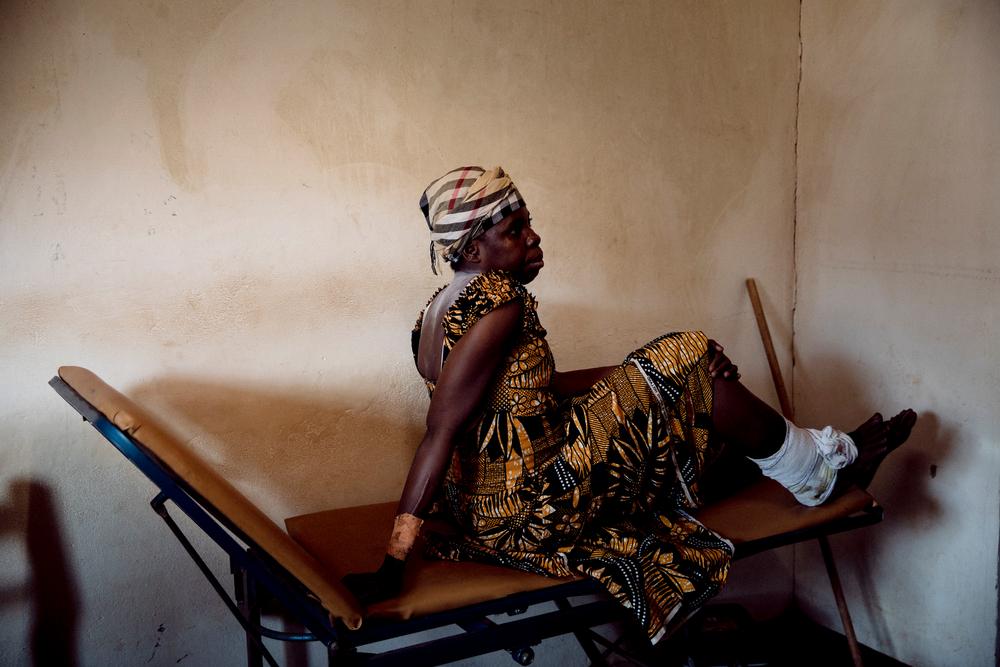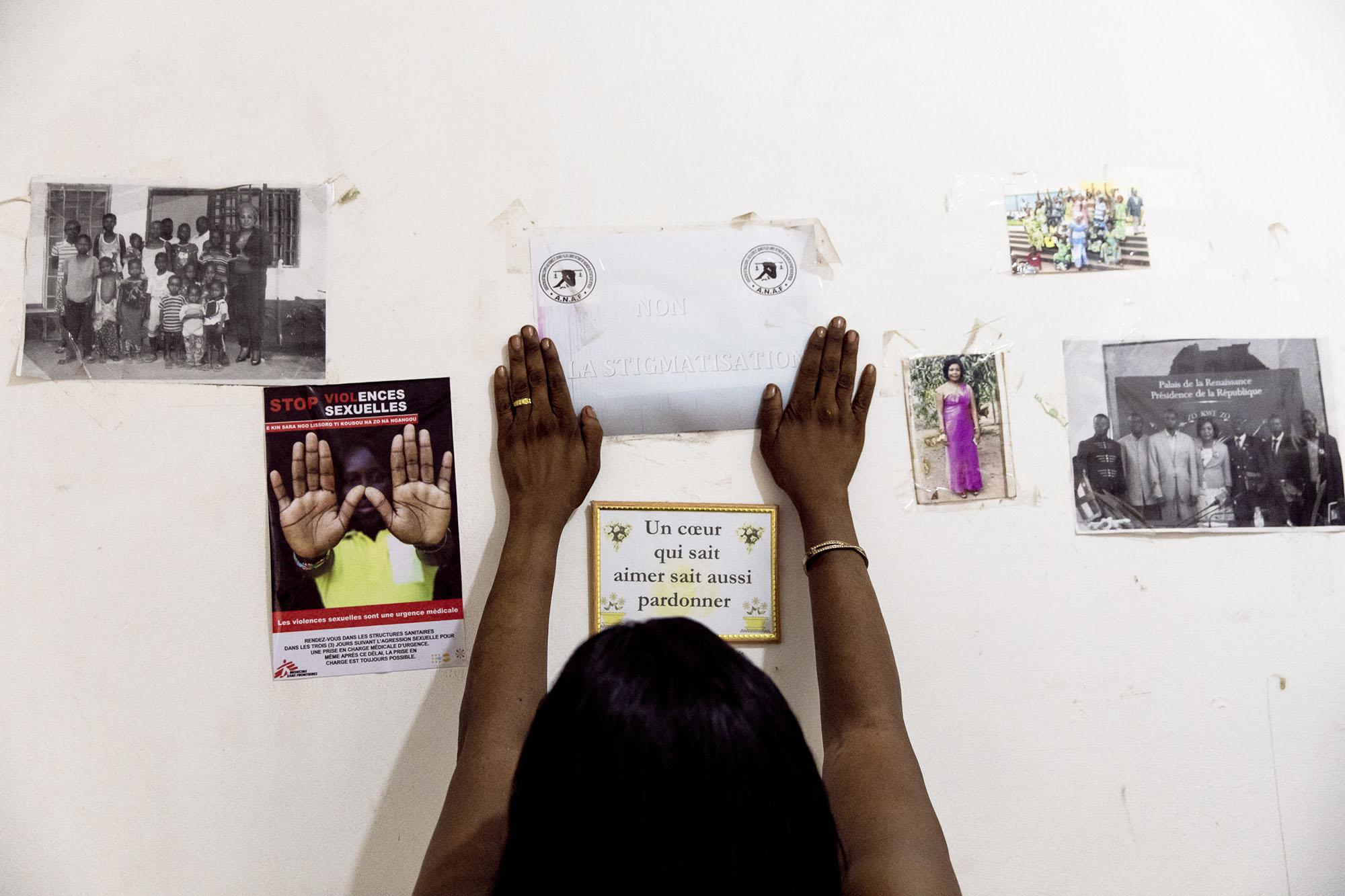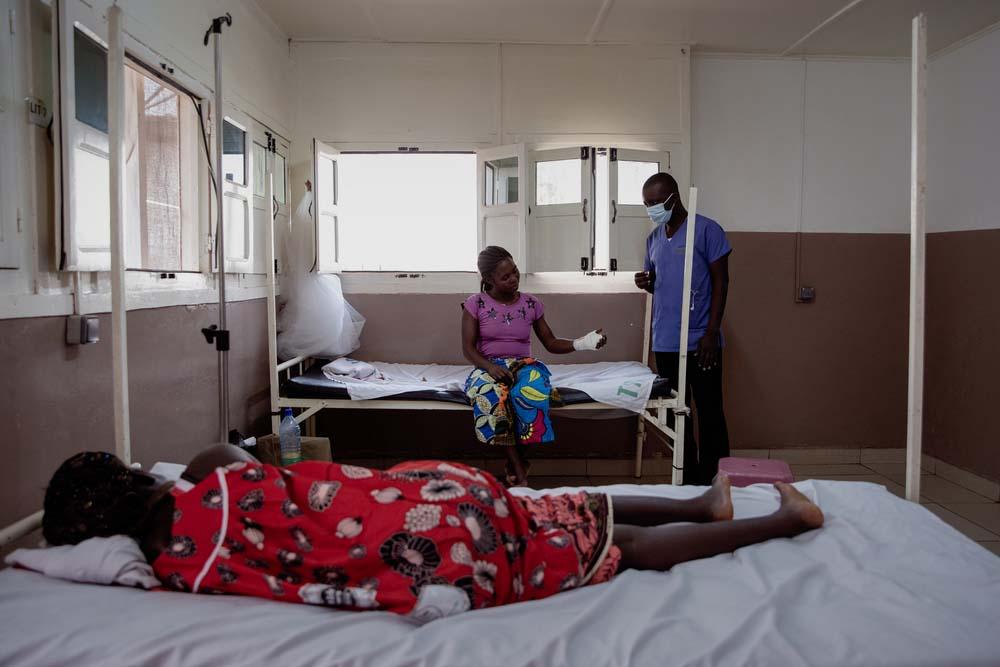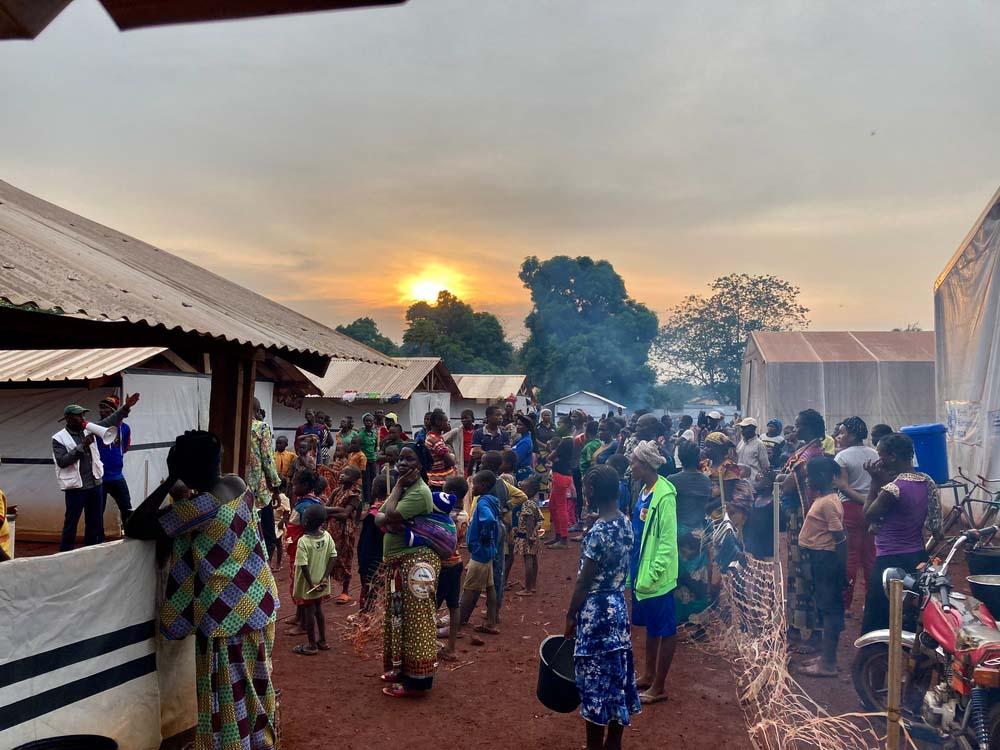The West and Central Africa region continues to lag behind in the HIV response, leading to insufficient coverage of ART treatment and HIV prevention, in general, and in particular for children and key populations. In 2019 the region accounted for 21% of new HIV infections worldwide and 30% of deaths from AIDS-related illnesses.
Adolescent girls and young women remain particularly at risk of acquiring HIV. Women and girls accounted for 58% of the estimated 240,000 new infections in the region the same year. HIV incidence remains high for key populations particularly men who have sex with men (MSM) and sex workers.
The impact of Community-Led interventions in HIV and other health responses has been documented as key to scaling up and improving program outcomes which positively impact people’s health.
When people living with HIV, most impacted by HIV or at the highest risk of acquiring HIV have the space and are adequately resourced, they secure services that improve quality of life for all, particularly the most vulnerable, marginalized and excluded populations. They do so by holding governments and policymakers accountable, addressing injustices and inequalities as well as removing barriers to HIV prevention and treatment.
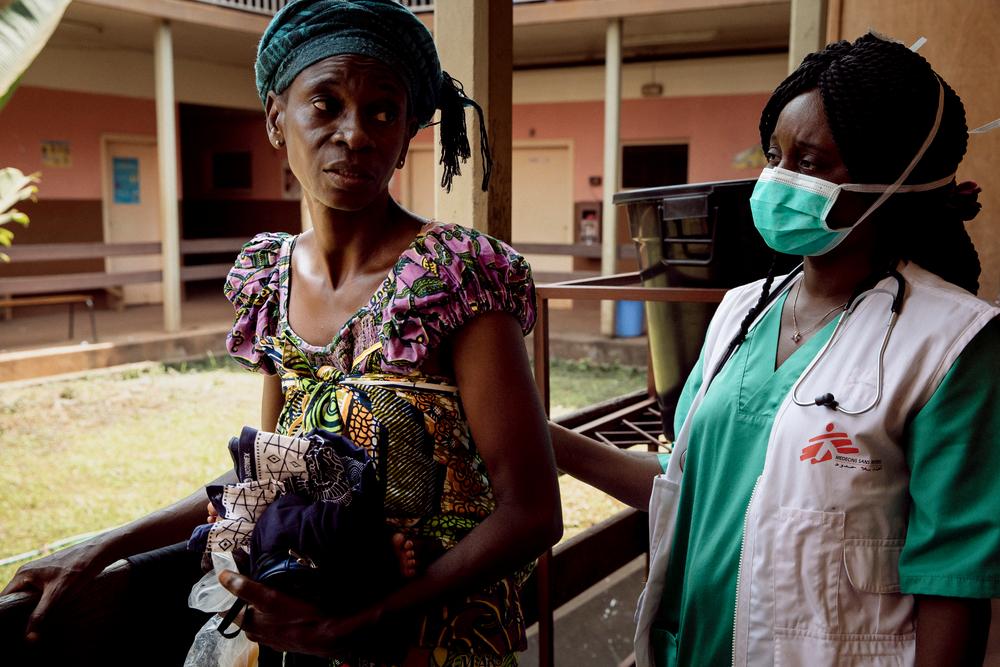
Communities; Key players in the HIV response
In the Central African Republic, for instance, ‘community ARV groups’ promote Differentiated Service Delivery (DSD) services by allowing groups of people living with HIV and in a stable condition to designate one of their members to go and collect the drug refills for the coming months for the whole group, reducing transport costs and time spent in medical consultations.
As well as making treatment more accessible, these groups also help patients self-manage and participate in their treatment and encourage peer support and adherence to treatment, in a country where stigma against people living with HIV remains a harsh reality.
In all projects where the community ARV group system has been implemented, the number of people living with HIV who are joining these groups is constantly growing and retention in treatment has significantly improved. Similar systems of ARV delivery closer to people by community groups have been set up in other African countries where HIV is a significant issue, including Mozambique, South Africa, Zimbabwe, Guinea and the Democratic Republic of Congo.
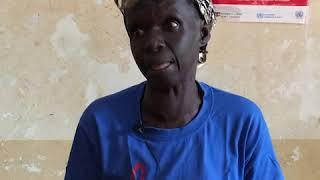
Why Community-Led HIV responses need increased support in West and Central Africa
Shedding light on the COVID-19 pandemic
The effects of the COVID-19 pandemic on HIV health services stressed the importance of Community-Led interventions, as access to health facilities, transportation and treatment was affected. Over the past months, communities have taken initiatives to support and ensure that HIV prevention, treatment and care services reach all who need it.
National and regional Community-Led monitoring, as well as Community-Led observatories, have also documented service delivery challenges while using generated data to influence policy and programs that affect them. In many countries of WCA, such as DRC, Guinea, Cameroon, Burkina Faso, they monitor the availability of ARV and other essential supplies, raise alarm when there is stock-outs or particular medication, evaluate the quality of service delivery including if health care is provided free of charge to patients as the policy indicates and/or any stigmatizing attitude by personnel of the health facility.
In other initiatives community and civil society organizations engage and participate actively in national and regional donor planning and implementation processes such as for Global Fund and PEPFAR. They also mobilize around holding governments accountable.
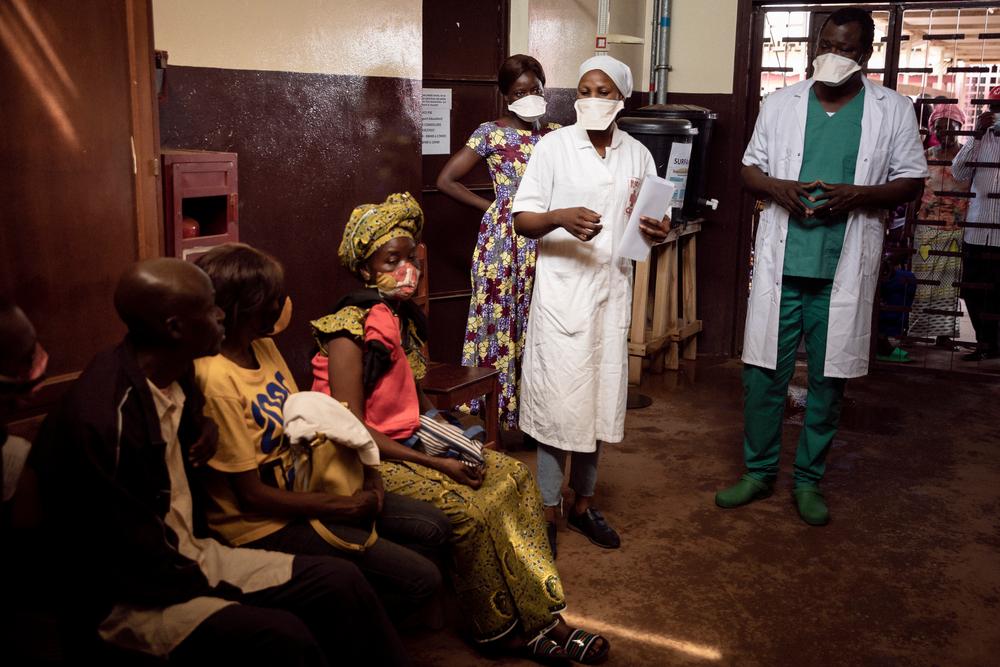
What’s missing for Community-Led initiatives
In spite of these positive experiences and documented benefits of Community-Led action the environment within which people living with HIV and community organizations operate continues to hinder their growth and effective participation. Too often they remain underfunded and locked out from meaningful engagement by systems which constantly question their capacity and credibility to lead on interventions.
Reports show that funding for HIV Community-Led responses remains unacceptably low and completely off track to the 2016 Global political commitments ‘to ensure 30% of all service delivery for HIV is Community-Led by 2030’. A report by AIDSFonds shows that whereas 39% of all new HIV infections in 2018 were recorded among key populations in West and Central Africa, only 2% of HIV resources were targeted to their Community-Led interventions in the period 2016-2018. How are community organizations supposed to strengthen their capacity and preserve independent voice and action, when resources agenda doesn’t prioritize them?
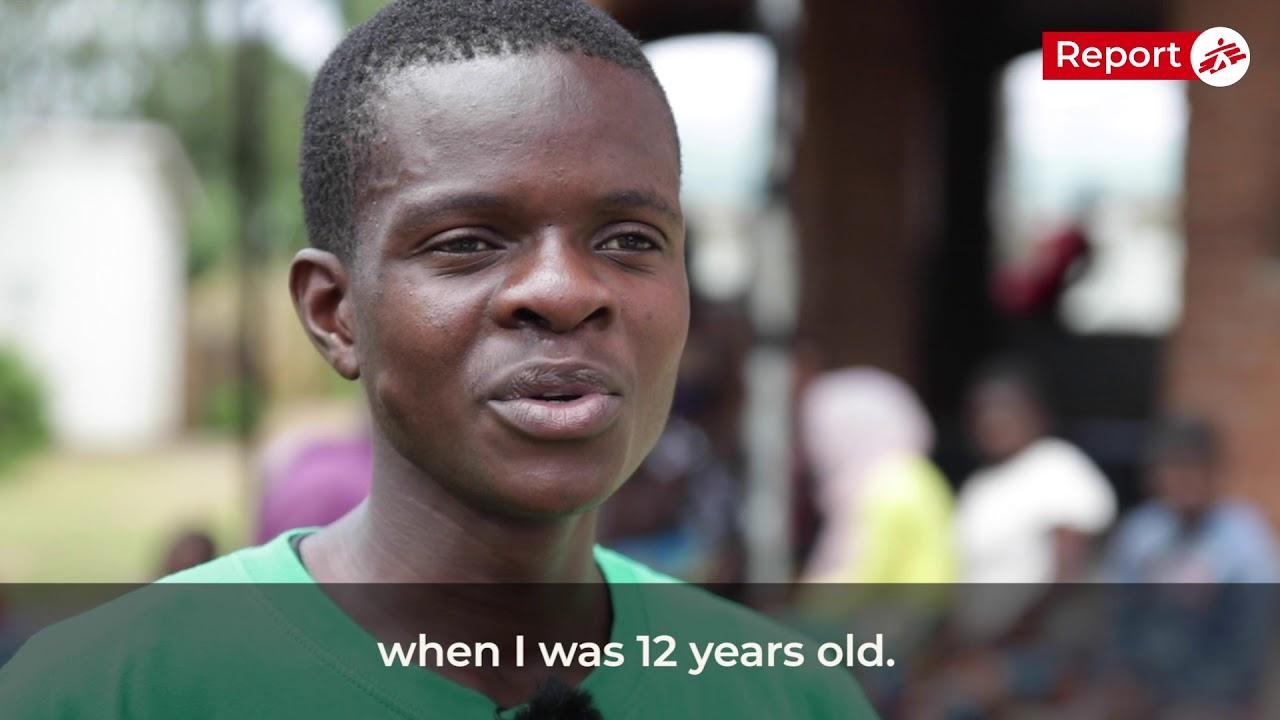
Teen club in Chiradzulu: HIV community Led Initiatives
Seizing a Key moment
The 47th UNAIDS Programme Coordinating Board (PCB) of 15-18 December will discuss key elements of the next UNAIDS strategy 2021-2025. Global Fund and PEPFAR among other key health actors will update their funding and program strategies in 2021.These plans will determine to a large extent how sufficient progress can be made in reducing the burden of death, illness and social effects of HIV, set the HIV response back on track within the context of COVID-19.
Ahead of the PCB meeting this week, MSF and 25 other community and civil society organizations are calling on key HIV programming decision-makers to increase engagement with and support to people living with HIV (PLHIV) and community organizations in West and Central Africa. The document ‘Community-Led interventions: Sound investment for an effective HIV response in West and Central Africa’ calls for bold commitments in order to provide resources, participation and leadership to those organizations to advance towards an effective HIV response that delivers on its targets and goals.
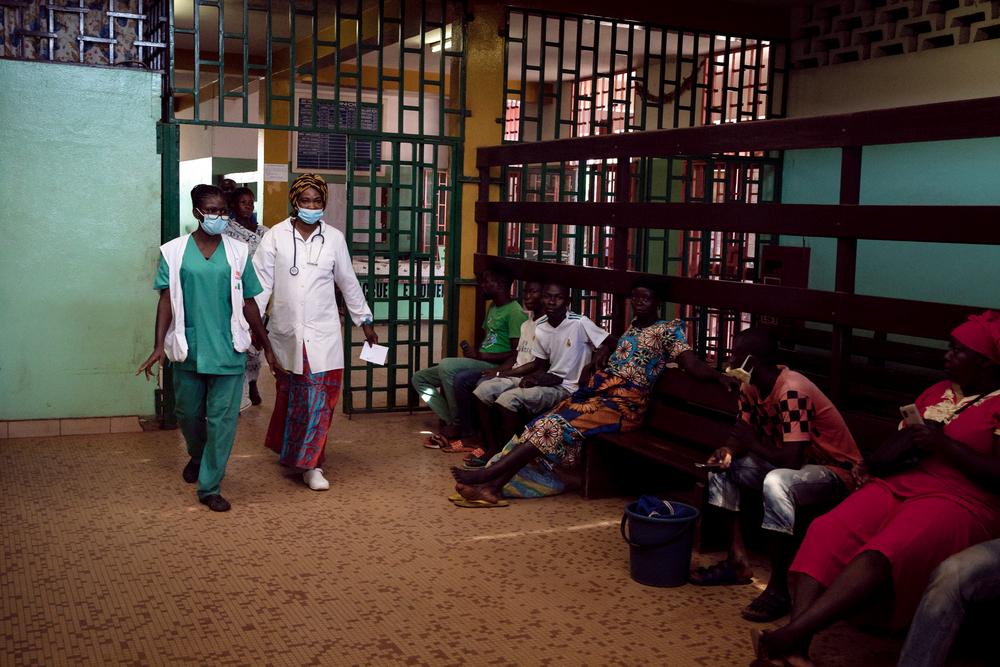
All key actors in the policy and implementation of HIV programs agree that putting the person at the centre of the epidemic response is important. But this rhetoric isn’t followed by actions at all because communities continue to be sidelined in resource allocation and implementation opportunities within the response. Their voices are almost not heard, their participation tokenistic at best. This is unacceptable.
If health actors are truly committed to achieving the 2030 global goal of ending AIDS, then we must begin right now to see a shift towards a bold commitment and actions that will validate the role of Community-Led interventions in West and Central Africa.
The 47th UNAIDS Programme Coordinating Board is a critical opportunity to put the spotlight on the urgent need to increase efforts towards increased coverage in the West and Central Africa region. Accelerating the implementation of Community-Led responses is key to achieving this and integrating them as a central element into health actors’ plans is long overdue.
